Optimal Timing for Brush Pile Clearings
Brush pile clearings are most effective when performed during specific times of the year to maximize safety and efficiency. Typically, late winter to early spring is ideal, as vegetation is still dormant, making debris easier to identify and remove. Additionally, clearing during this period can prevent overgrowth and reduce fire hazards as the season progresses.
Timing also depends on local climate conditions and vegetation cycles. Conducting clearings before the onset of hot, dry weather minimizes the risk of fires and allows for better disposal or composting of debris. Regular assessments throughout the year can help determine optimal periods for maintenance and removal.
Late winter and early spring are generally the best times for brush pile clearings due to dormant vegetation and mild weather conditions.
Dry, cool days are preferable to avoid equipment issues and reduce fire risks during the clearing process.
Clearing before rapid growth periods prevents overgrowth and minimizes ongoing maintenance needs.
Perform clearings before hot, dry summer months to reduce wildfire hazards.
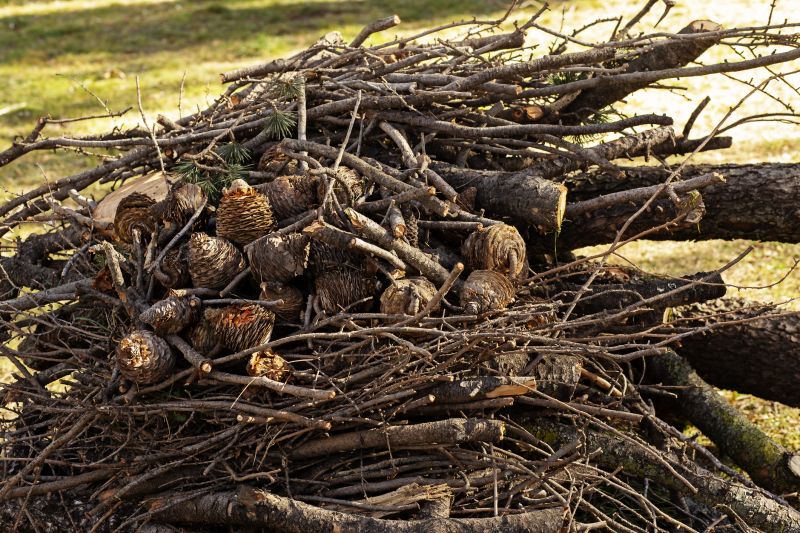
Dormant vegetation makes debris easier to identify and remove.
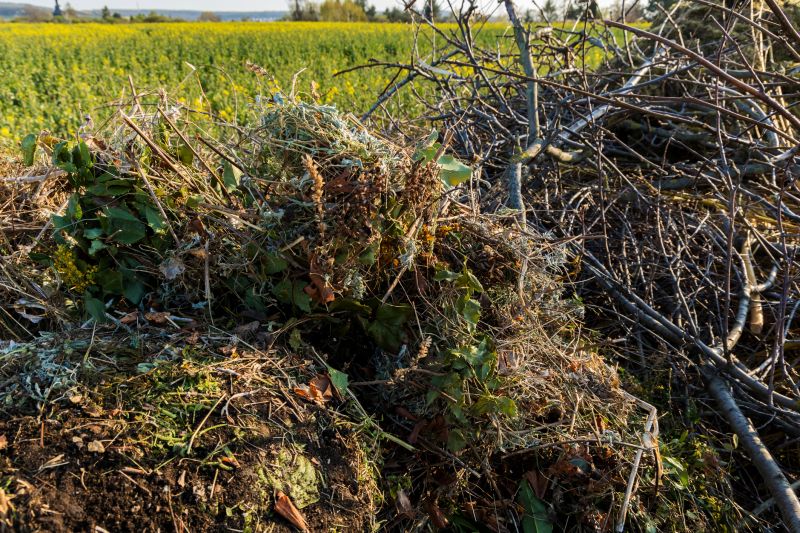
Prevents overgrowth and prepares land for new growth.
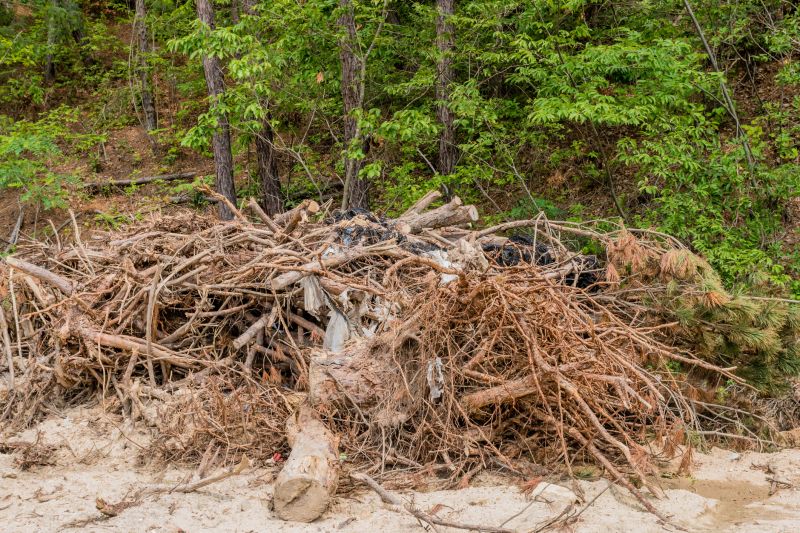
Clearing reduces fire hazards during dry months.
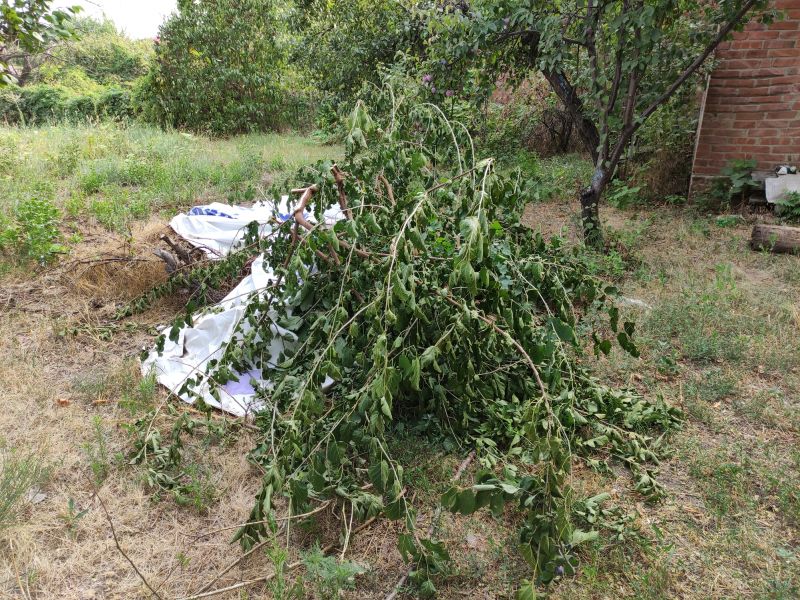
Ways to make Brush Pile Clearings work in tight or awkward layouts.
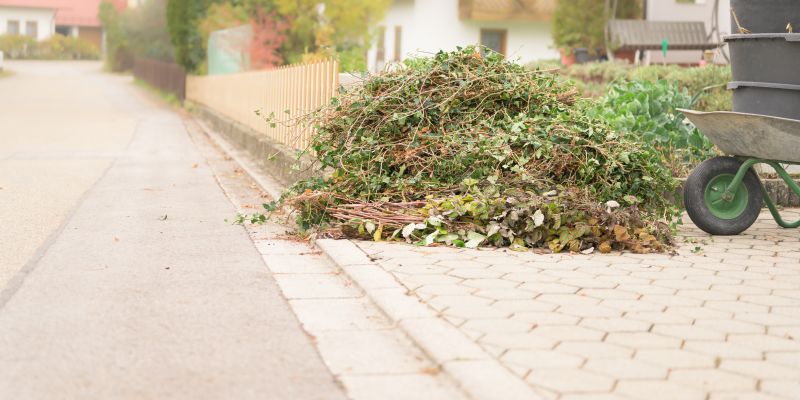
Popular materials for Brush Pile Clearings and why they hold up over time.
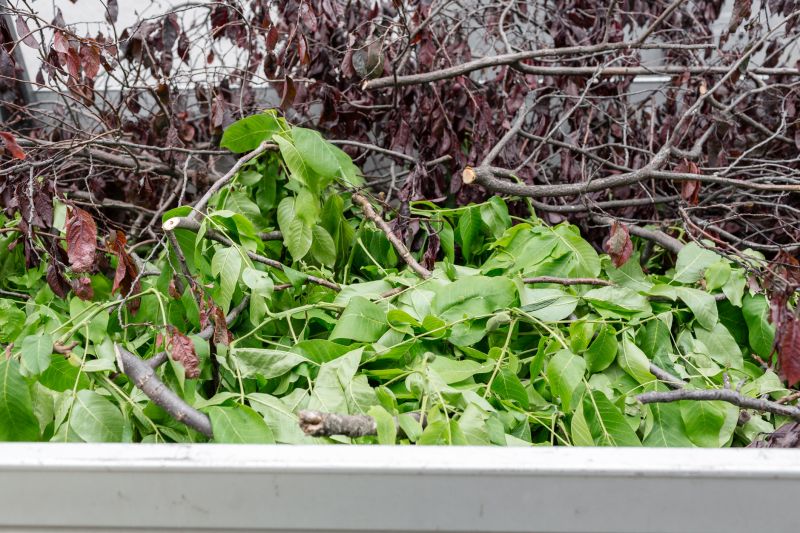
Simple add-ons that improve Brush Pile Clearings without blowing the budget.
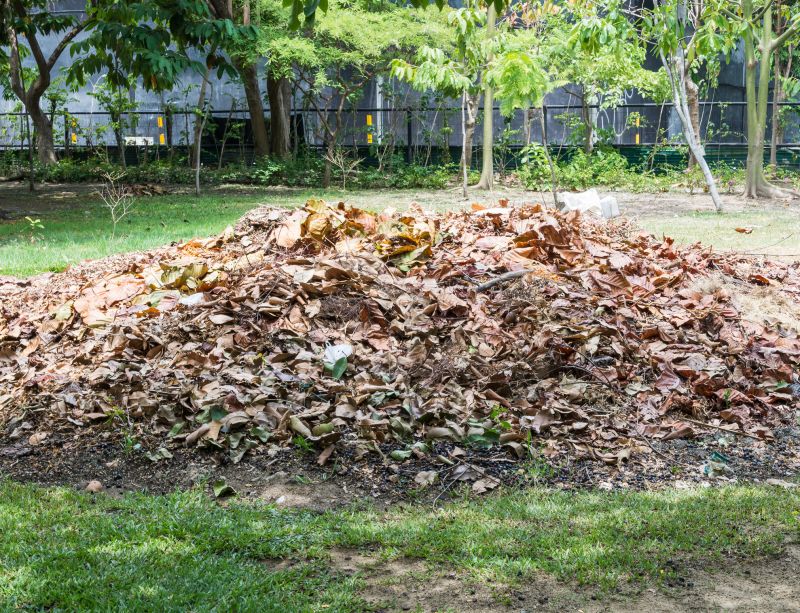
High-end options that actually feel worth it for Brush Pile Clearings.
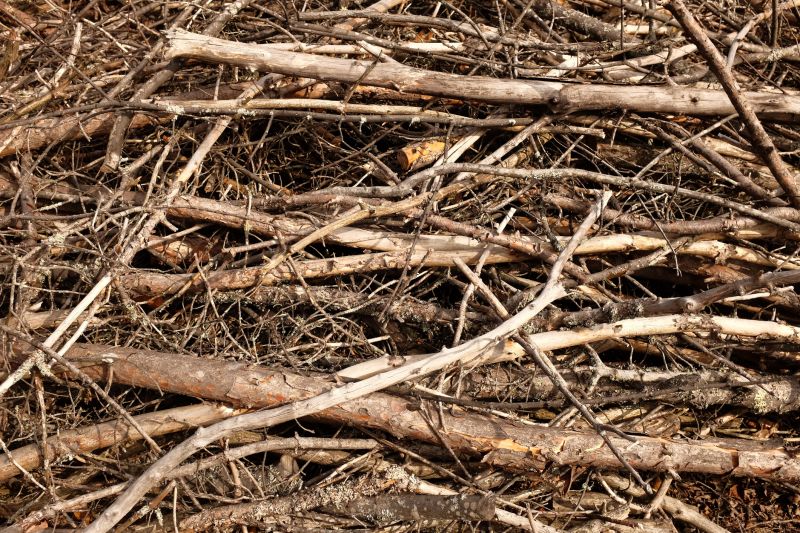
Finishes and colors that play nicely with Brush Pile Clearings.
| Season | Best Practices |
|---|---|
| Winter | Perform clearings when vegetation is dormant, and ground is manageable. |
| Spring | Clear before rapid plant growth begins to control debris. |
| Summer | Focus on fire hazard reduction during dry spells. |
| Fall | Conduct inspections and prepare for winter. |
| Late Autumn | Remove remaining debris before winter dormancy. |

Ideal for safety and debris management.
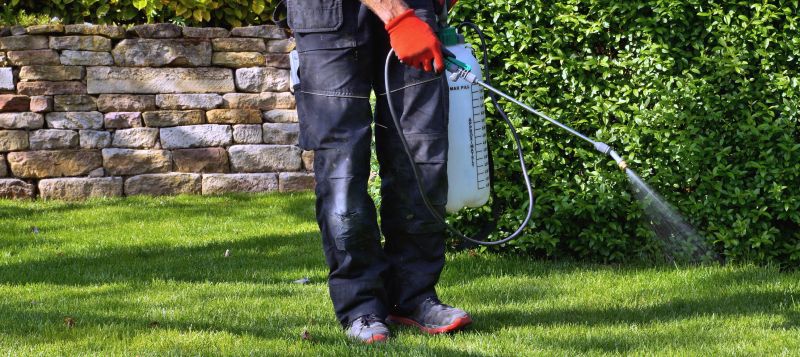
Prevents overgrowth and promotes healthy land.

Reduces wildfire risks during hot months.

Prepares land for winter dormancy.
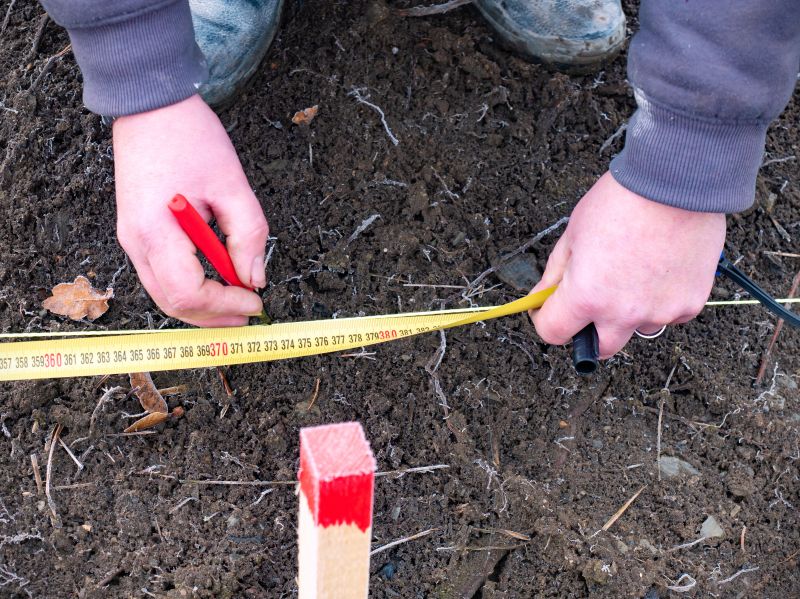
Little measurements that prevent headaches on Brush Pile Clearings day.
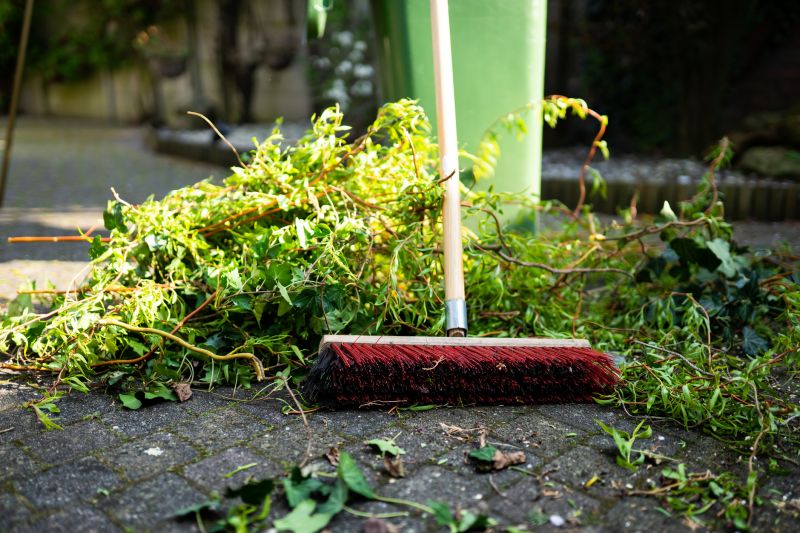
A 60-second routine that keeps Brush Pile Clearings looking new.
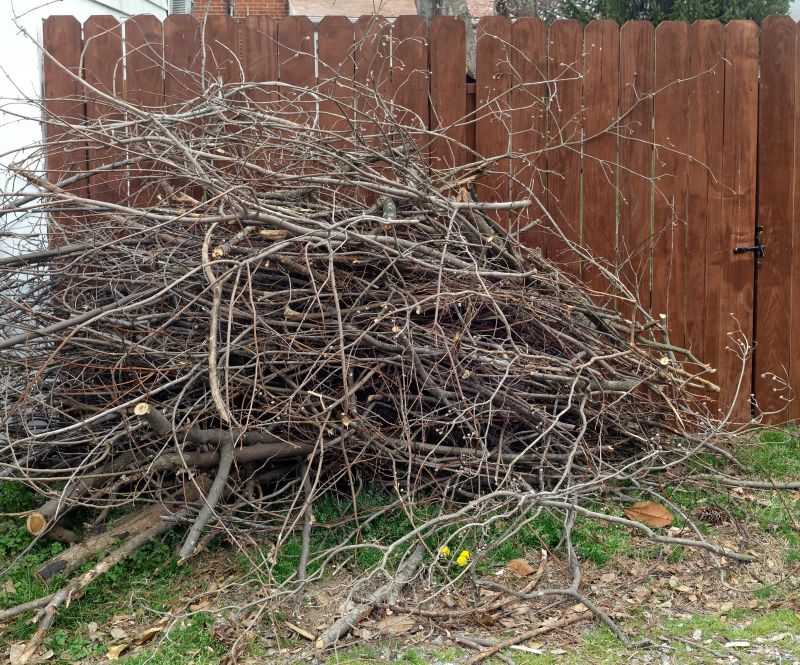
A frequent mistake in Brush Pile Clearings and how to dodge it.
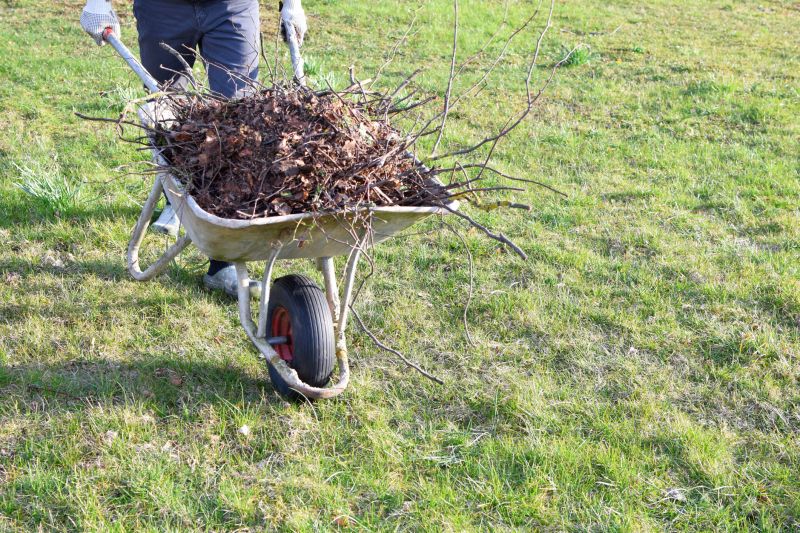
Small tweaks to make Brush Pile Clearings safer and easier to use.
Proper timing of brush pile clearings enhances land management, reduces fire risks, and maintains safety. Seasonal considerations are crucial for effective debris removal and ongoing maintenance.
Interested in scheduling a brush pile clearing? Fill out the contact form to get more information and assistance tailored to specific needs.
